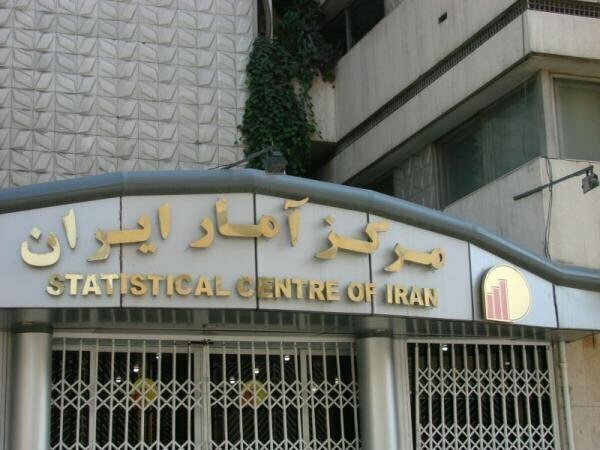Inflation rate at 37.6%: statistical center

TEHRAN- The Statistical Center of Iran announced that the inflation rate in the twelve-month period ended on June 21, which marks the end of the third Iranian calendar month of Khordad, stood at 37.6 percent, IRNA reported.
The inflation rate in the mentioned period shows a 3.4-percent rise from the figure of the twelve-month period ended on the last day of the previous month.
As reported, the average goods and services Consumer Price Index (CPI) stood at 173.3 in urban areas and at 193.3 in the rural regions in Khordad, indicating 0.8 percent and 0.7 percent increase, respectively, compared to the previous month.
In the Iranian calendar year 1395 (ended on March 20, 2017), Iran could manage to experience a single-digit inflation rate after 26 years.
The inflation rate stood at 9.8 percent in that year according to the Statistical Center of Iran and at nine percent according to the Central Bank of Iran (CBI).
But since the last year’s calendar month of Khordad (ended on June 22, 2018), when the inflation rate stood at 10.2 percent, as announced by the CBI, the country’s experiencing double-digit inflation rates again.
In early May, Central Bank of Iran (CBI) Governor Abdolnaser Hemmati outlined CBI plans for neutralizing or relieving the impact of U.S. sanctions on the country’s economy.
In an Instagram post, the official pointed out some of the approaches that CBI was going to follow in order to counter the U.S. sanctions and to control inflation.
Maintaining and strengthening the relative stability of the foreign exchange market by strengthening and improvement of the performance of domestic Forex Management Integrated System (locally known as NIMA), setting foreign currency exchange policies to support non-oil and oil exports and providing liquidity and working capital to maintain and boost domestic production and finally establishing a financial mechanism with neighboring countries were some of the plans which CBI head said is going to execute.
Explaining CBI plans for managing inflation, the official noted that previous monetary policies regarding the controls over cash flow would be modified using the new structure of monetary policy and consequently uncertainty over controlling the cash demand was going to decrease.
MA/MA
